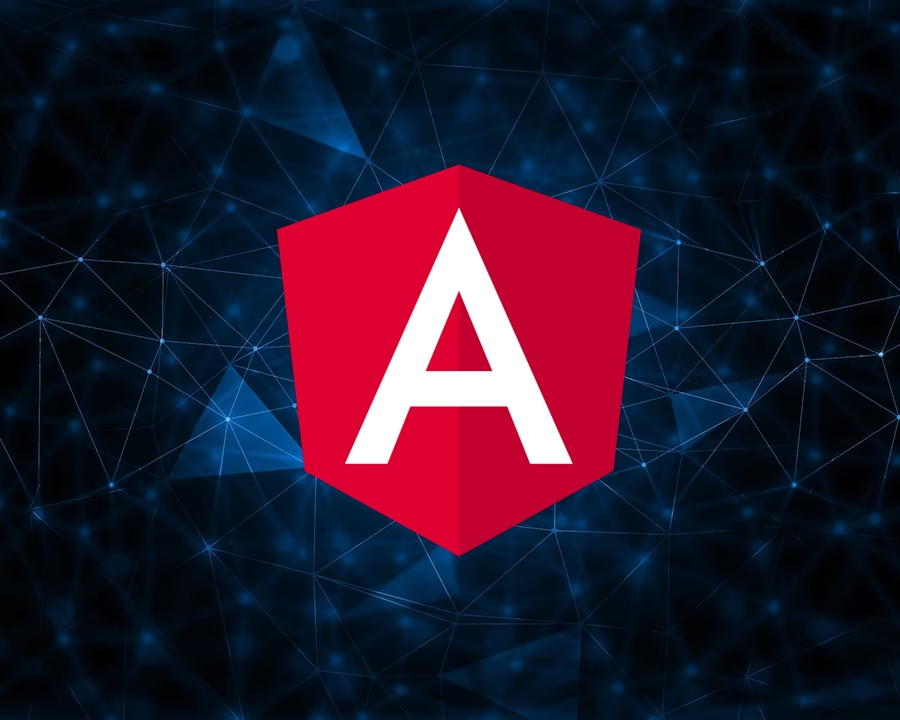
Angular is a popular open-source JavaScript framework supported by Google, for building web applications. It was developed by Misko Hevery and Adam Abrons, Google engineers and is now maintained by a community of developers.
Angular is a complete platform for building dynamic and complex web applications, and it offers a wide range of features and tools for building scalable and maintainable applications.
Features of Angular Framework
- Component-Based Architecture
One of the key features of Angular is its component-based architecture. Components are the building blocks of an Angular application, and they are used to define the different parts of the UI. Components can be reused throughout an application, and they can also be nested inside of other components. This allows for a more modular and maintainable codebase, as developers can easily update and change small pieces of an application without affecting the entire system.
- TypeScript
Angular uses TypeScript, a superset of JavaScript, as its primary programming language. TypeScript provides a number of features that are not available in JavaScript, such as static typing and class-based object-oriented programming. This makes the code more readable and maintainable, and it also helps to catch errors early in the development process.
- Dependency Injection
Angular uses a powerful dependency injection system to manage the dependencies of an application. Dependency injection is a design pattern that allows developers to manage the dependencies of an application in a centralized and consistent manner. This makes it easier to manage the different parts of an application, and it also makes it easier to test and maintain the code.
- Directives
Angular also has a feature called directives, which are used to add behavior to an HTML element. Directives can be used to create custom elements and attributes, and they can also be used to add dynamic behavior to an application. This allows developers to create reusable and composable components, which can be used to build complex and dynamic web applications.
- Services
Angular also has a feature called services, which are used to share data and logic between different parts of an application. Services are singletons, which mean that there is only one instance of a service in the entire application. This makes it easy to share data and logic between different parts of an application, and it also makes it easy to test and maintain the code.
- Routing
Angular also has a built-in routing system, which allows developers to handle client-side routing. Routing is used to navigate between different parts of an application, and it is also used to handle different URLs. This allows developers to create a more dynamic and interactive web application, and it also makes it easier to create a more accessible application.
- Two-Way Data Binding
Angular also has a feature called two-way data binding, which allows developers to keep the UI in sync with the data model. This means that when the data model changes, the UI is automatically updated, and when the UI changes, the data model are also updated. This makes it easy to create a more dynamic and interactive web application, and it also makes it easier to create a more responsive application.
- Large Ecosystem
Angular has a large ecosystem of third-party libraries and frameworks that can be used to enhance the functionality of an application. Some popular options include Angular Material for implementing the Material Design guidelines, ng-bootstrap for implementing the Bootstrap framework, and ngx-translate for handling internationalization and localization.
- Large Community
Angular has a large and active community of developers, which means that developers can easily find help and resources when they need it. The community has created a wide variety of tools and resources that can be used to enhance the development experience with Angular. This includes things such as development tools, testing
Conclusion
Angular is a powerful and feature-rich JavaScript framework that allows developers to build complex and dynamic web applications. Its component-based architecture, TypeScript, dependency injection, directives, services, routing, two-way data binding, form validation, pipes, and internationalization features provide a comprehensive development platform that makes it easy to create scalable and maintainable web applications.
With its strong community and large ecosystem, Angular is a great choice for building modern and robust web applications.
Resources:
https://www.youtube.com/channel/UCbn1OgGei-DV7aSRo_HaAiw